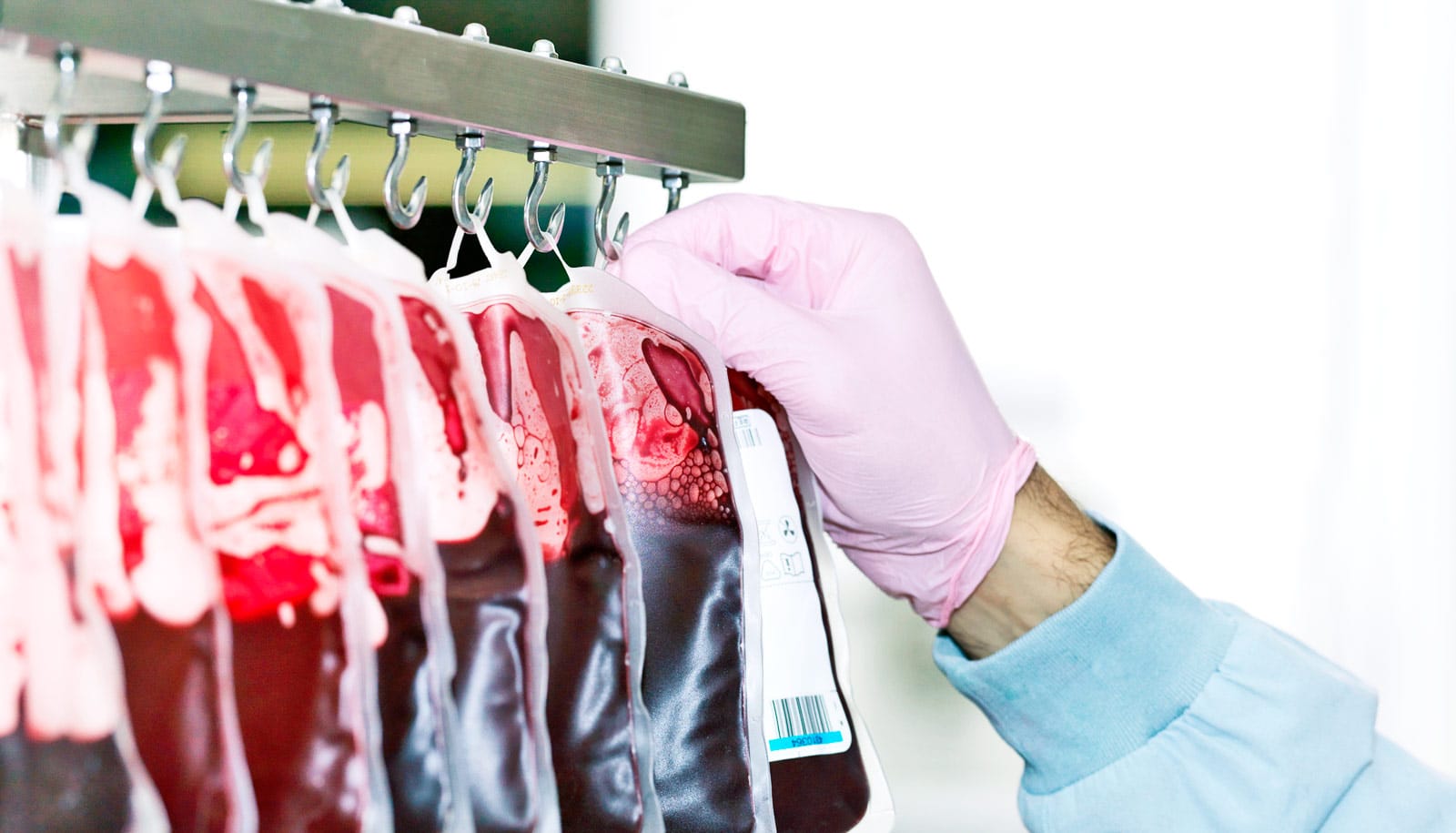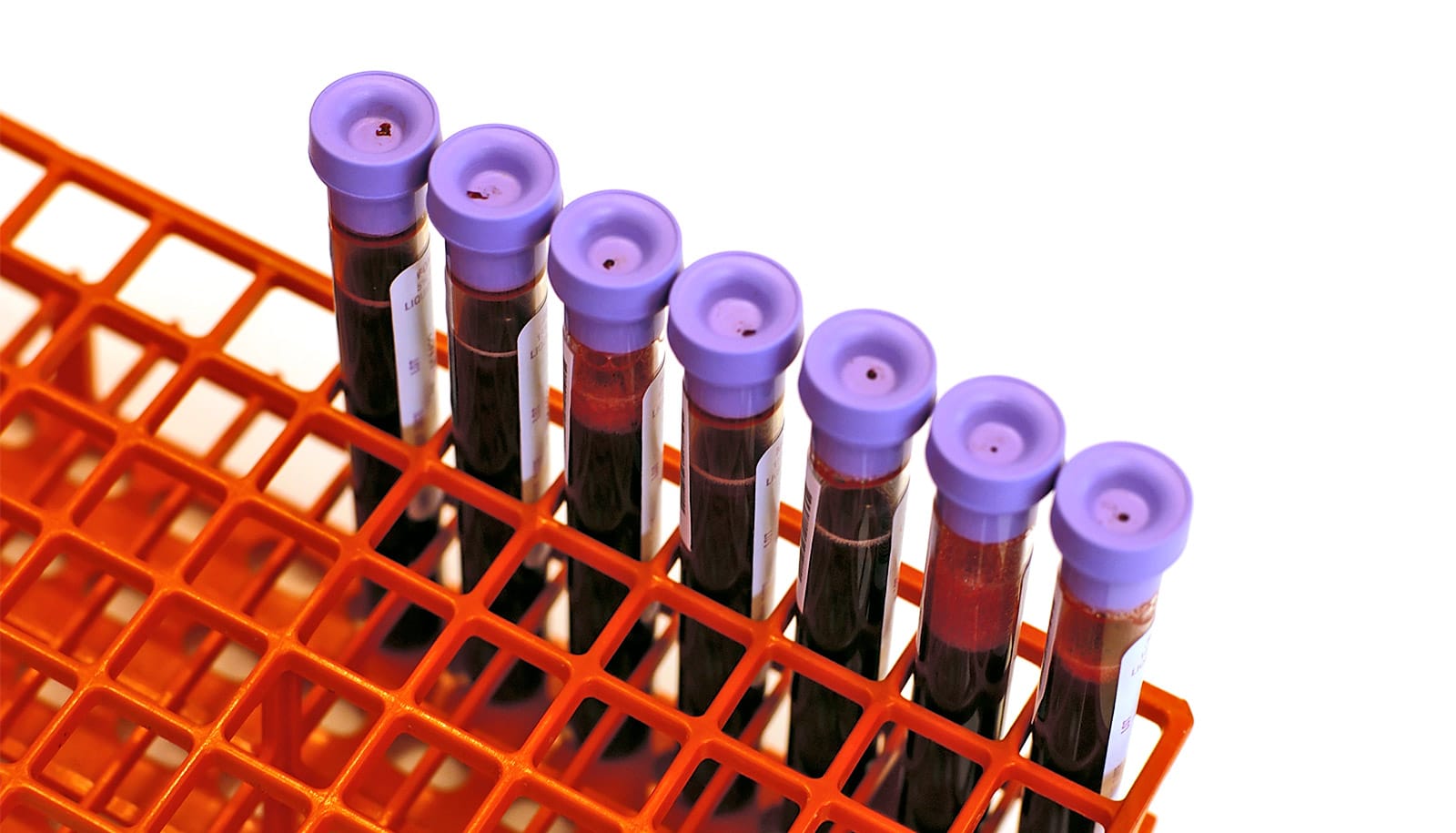Toward the end of their life, some leukemia patients depend on blood transfusions to ease their suffering. But that need may pose a significant barrier to their ability to use hospice, researchers say.
Medicare’s hospice benefit provides a flat “per diem” reimbursement for hospice care, which is often not high enough to cover transfusions for leukemia patients. Further, few hospices have the capability even if cost wasn’t an issue.
For a new study, researchers analyzed the end-of-life care records of more than 21,000 chronic or acute leukemia patients over age 65 who died between 1996 and 2011.
“We are all working hard trying to make the lives of our patients more meaningful and also help them in the terminal phase of their disease,” says Adam Olszewski, an assistant professor in the Warren Alpert Medical School of Brown University and physician at Rhode Island Hospital.
About 20 percent of the patients were “transfusion dependent,” meaning they had two or more transfusions in the month before they died. Among all the leukemia patients studied, hospice use increased during the period to 49 percent in 2011 from 35 percent in 2001.
Hospice use was actually slightly more likely among transfusion-dependent patients than patients who were not transfusion dependent.
But those seemingly encouraging differences can be deceptive, because hospice use has been increasing generally, and transfusion-dependent patients are in more serious condition, and therefore more likely to be recognized as needing palliative care.
The main problem, researchers say, is that the increased rate of enrollment in hospice does not reflect better use of hospice.
“The meaningful use of it is not increasing at all,” says Thomas LeBlanc, an associate professor of medicine at the Duke Cancer Institute. “That’s really concerning.”
Are doctors recommending hospice too late?
When researchers analyzed length of stay in hospice care, they found that after adjusting for potentially confounding factors, transfusion dependence was associated with a 51 percent shorter hospice stay and a 38 percent higher risk of being in hospice care for less than three days. The median stay for a transfusion-dependent patient was six days.
“Markedly shorter time on hospice among transfusion-dependent patients indicates that the need for transfusion support may significantly delay hospice enrollment,” the researchers wrote in an abstract presented at the American Society of Hematology’s annual meeting in Atlanta on December 9.
“Because use of hospice services is associated with lower use of resources and costs at the end of life, allowing palliative transfusions for patients with terminal leukemia may maximize the benefits of hospice from both patients’ and society’s perspective.”
Medicare should add support in the hospice benefit for transfusions so that the cost does not have to come out of the flat per diem the benefit currently provides, the researchers write.
“That could significantly change the mindset of patients and hematologists who have been expressing concerns about this, and have had an unwillingness to discuss hospice out of fear of bringing up the issue of having to terminate this support, which patients do need,” Olszewski says. “If that creates a significant barrier to enrolling patients in hospice earlier, then this could help.”
How a ‘stuck’ genetic switch makes leukemia worse
Until changes are made, many patients will continue to have to give up transfusions to get palliative care, Leblanc says.
“It’s a pretty awful, unfair choice that we are forcing on people just because there isn’t a policy in place.”
Source: Brown University



